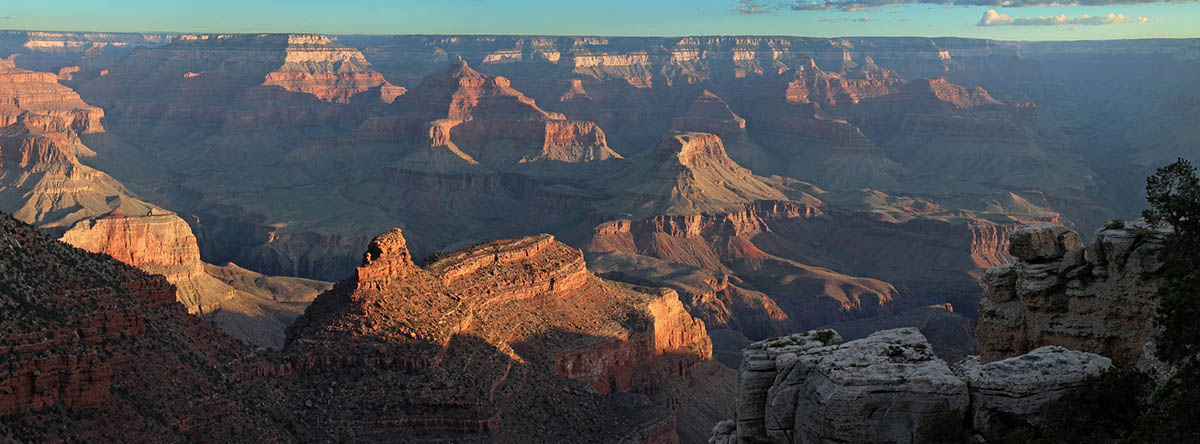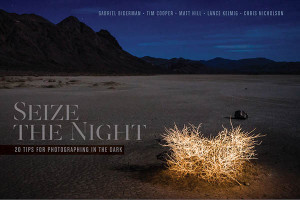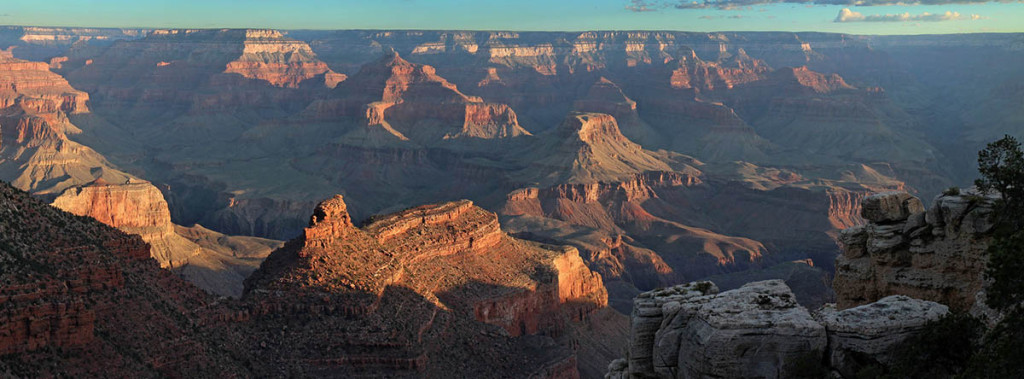Alternatives to Death Valley Heat
Plus, lots of free info on photography and the parks …
If you’ve been following this newsletter, you know I’m excited about National Geographic’s coverage of the national parks this year, in honor of the NPS centennial. In March they ventured beyond the U.S. to reveal some species restoration efforts at a park in the Indian Ocean. See “In the Seychelles, Taking Aim at Nature’s Bullies.”
You may also remember that I’m a big fan of Chimani, the Maine-based company that provides free guide apps for the national parks, including tips for traveling photographers. This week they released new versions for Mount Rushmore, Joshua Tree and Petrified Forest.
Speaking of free information, National Parks at Night (of which I am part) just released an ebook titled Seize the Night: 20 Tips for Photographing in the Dark. It’s free for anyone who signs up for the NPAN newsletter.
Finally, published on PhotographingNationalParks.com yesterday was the latest in the series of “Picture Perfect Places.” This time around, Sherry Pincus of New Jersey tells us about the Sarvent Glaciers Cross-Country Zone, a beautiful backcountry location in Mount Rainier National Park. Thank you, Sherry!
If you’d like to share one of your own favorite spots with others who love photographing the national parks, please visit the website and “Submit a Picture Perfect Place.”
Onward…
This Week’s Question
Q. I live in New York City and am considering taking a photo trip mid-spring. I was thinking about Death Valley, but I’m concerned with temperatures. Looks like it might be too late in the year as normal daily temperatures will already be mid-90’s. Are there any other parks you recommend for the last week of April? — Ryan, New York City
A. You’re right that temperature is an important consideration when deciding when to visit Death Valley. Still, keep in mind that even in the mid-90s, it’s very dry heat there—some of the lowest humidity levels in the U.S. You would need to drink a lot fluids to stay well hydrated, but the temperatures wouldn’t be terribly uncomfortable, particularly at the edges of daylight. Also, that heat will be at valley-level; if it does prove to be too much, you can escape it by heading into the mountains.
But you asked for alternatives, so let’s break them down.
Despite planning your trip for late April, it’s early enough in the year that we probably can’t predict that spring will have sprung in any high-elevation park, nor in any park in the northern United States. In the Southeast, the bird show in Everglades will likely be over. So let’s stick with the Southwest.
If you were planning on Death Valley, you were probably planning to fly into Las Vegas. From there it’s easy to reach Grand Canyon, which will not be hot at the rim, where most photographers work from. (It’s also not a bad time of year to hike to the canyon floor.)
Zion and Bryce Canyon are also within reasonable distance of Vegas, and are generally temperate in April-May. (However, note that Zion is closing the roads to non-shuttle traffic early this year, so you can’t road-wander.) Another great spring park is Joshua Tree, which involves flying into Palm Springs or Los Angeles. (The former, while a smaller airport, is often a very affordable flight from NYC.)
Back to Utah: Arches and Canyonlands are there, pretty much right next to each other. I mention these last only because they are a further drive from the closest major airport (Salt Lake City, about four hours away) than the other parks we looked into above. But both parks’ temperatures are often very comfortable in mid-spring, and both parks feature amazing landscapes.
[contentblock id=newsletterfooter]



